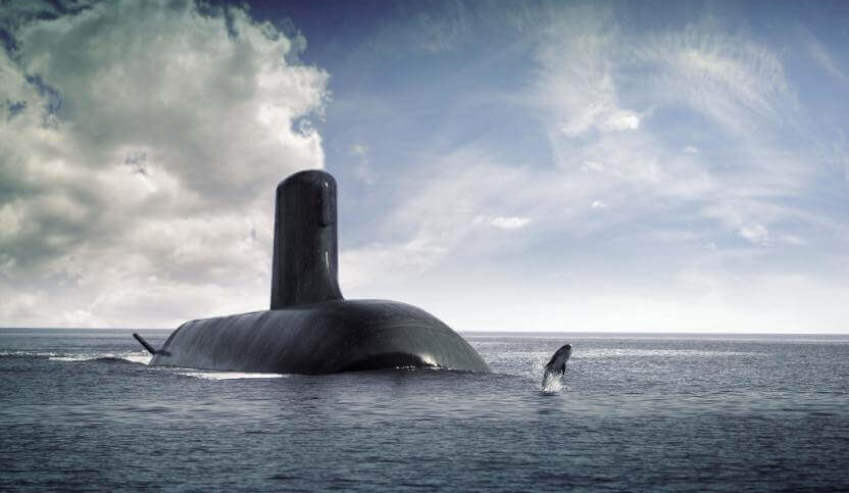Australia’s largest ever defence procurement project, to build a dozen advanced submarines under the SEA 1000 Future Submarine Program, is undergoing concept design and has established key dimensions of length, diameter and displacement.
To continue reading the rest of this article, please log in.
Create free account to get unlimited news articles and more!
However, the project is not without its detractors – with both political wrangling and concerns over Australia’s ability to the build the submarines placing increasing pressure on the program that’s heralded to be the bedrock of Australia’s sovereign shipbuilding capabilities.
The new boats will be 97 metres long and 8.8 metres in diameter, Defence Industry Minister Christopher Pyne revealed at the submarines conference in Adelaide in November.
That makes them considerably larger than the Royal Australian Navy’s six Collins Class subs at 77 metres and 7.8 metres, respectively.
The minister didn’t disclose the planned displacement, though that’s expected to be around 4,000 tonnes, as against 3,100 tonnes for the Collins boats.
French shipbuilder Naval Group, which changed its name from DCNS during the year, says this concept design work is proceeding on schedule ahead of the design phases of the project.
And that work will continue in 2018, as will design work on the new shipyard in Adelaide where the subs will be built.
One significant step will hopefully occur this year: the launch of Suffren, the first of the French Navy’s Barracuda Class nuclear attack subs, on which the Australian Shortfin Barracuda design will be based.
This sub has been a decade coming, with her launch and commissioning expected last year but delayed for unknown reasons.
That delay has been variously attributed to budgetary restraints and to maintain a steady production drumbeat.
Naval Group has been busy. It has become a member of the peak industry body, the Australian Industry Group (Ai Group). It has also joined the Ai Group Defence Council National Executive.
Comprising the CEOs of leading defence companies, this is a key voice for national defence industry.
During the year, the company made a significant change at the top. In March, chief executive Sean Costello stepped aside, with his position filled by director of strategy and communications Brent Clark.
Costello has now joined Fincantieri, which is one of three down-selected competitors for the SEA 5000 Future Frigate Program.
Construction of the new subs won't get under way until the middle of next decade and the first won't be delivered until early the decade after, but there’s already some planning for long-term sustainment.
The new vessels will likely be based east and west, and a discussion paper from the NSW state development committee says the state must secure rights for basing and sustaining the future fleet if it hopes to remain an industry leader.
"An essential focus for Defence NSW is to ensure that New South Wales remains the leader in complex systems integration and sustainment," committee chairman Greg Pearce wrote.
Others have weighed into the discussion in other areas.
Federal Labor’s defence spokesman Richard Marles told the submarines conference in November 2017 the government acted too early in choosing Naval Group as the submarine designer, and it did that for political reasons.
“The subs procurement was played as a chip in a leadership contest, tossed around the government party room in an effort to secure leadership votes in early 2015,” he said.
“Desperate for an announcement before the 2016 election to cover for their lack of progress, they down-selected to one designer far too early. Decisions like this shouldn’t be made on political imperatives.”
From the start of the project, there’s been debate about the level of Australian content of the new subs and that has never eased off.
Figures range as high as 90 per cent to as low as 60 per cent. Especially vocal has been the now former South Australian senator Nick Xenophon.
“Let's hope it doesn't turn into an Ikea project, where all we do is bolt together a bunch of components that have been shipped to Australia from overseas,” he said.
But Margot Forster, chief executive of the Defence Teaming Centre in South Australia, said the focus should be on achieving Australian sovereign capability.
“That is the end game here. When we ask for percentages, what are we asking for? A percentage of the components? A percentage of the value of the contract? And at what stage in the build should we expect the 90 per cent be achieved,” she said.

 Login
Login







